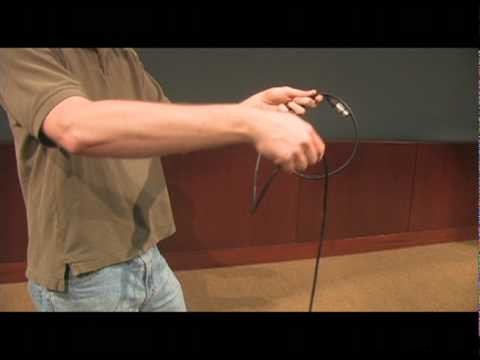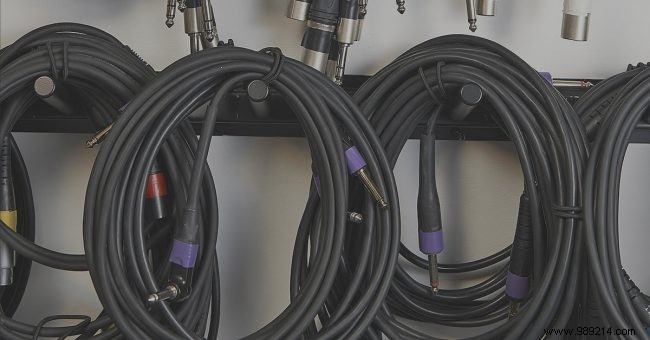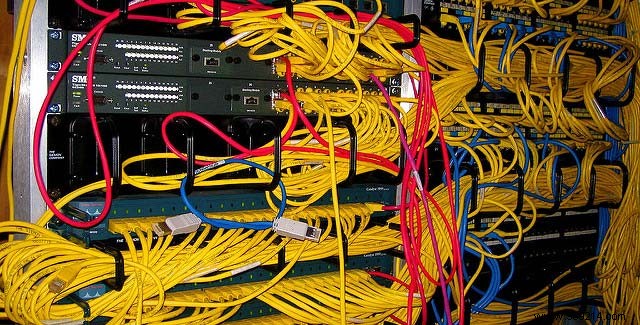Cables break – it happens. But that doesn't have to happen so often. If you know how to maintain your cables, they can last you years and years. Although it may seem like common sense, very few people know how to keep cables in good condition, leading to wear, breakage, and frustration. Here are the essential techniques to ensure the life of your cables as long as possible.
Contents1. Wrap carefully 2. Store carefully3. Keep Cables Sorted Honorable Mention:Cable Management In UseEach cable is made up of a series of twisted wires. Sometimes more wires, sometimes less, but even the simplest cable contains a copper wire inside the plastic sheath. Taking care of the cable means taking care of the copper inside the wire. And although copper wire is flexible, it is not impervious to damage. The thin copper strands that make up most wires break over time, causing signal degradation and eventually failure. Mishandling cables accelerates the wear process, so the less careful you are with your cables, the shorter their life will be.

The video above describes what is called the “over-under” method, which is absolutely necessary for thicker or shielded cables. This allows the cable to unwind without bending or wrapping around itself. Woe to him who coils a microphone cable in another way!
You can wrap shorter cords, like USB cables, with the “over-over” method. This means looping the cable in the same direction each time, rather than alternating. Give the cable a half turn with your fingertips each turn and you will follow the natural "curve" of the copper coil. Go with the grain instead of against it to extend the life of your cable.
Most tech enthusiasts probably have a big box of tangled cables, where you'll find old printer cables, RCA patches, Ethernet cords, USB extenders, and more. If you ever need anything from this box, you'll be forced to empty it all out and decipher the Gordian knot you've tied. If you neatly coil your cables and then casually toss them in a heap, you undo all your hard work.

Once you've properly wrapped your cables, secure them with a Velcro tie or leftover twist tie from the electronics packaging. Once neatly rolled up, cables of similar sizes can be stored next to each other like discs or like pizzas, depending on the shape of your container. There are a ton of clever ways to organize small cables, whether in paper tubes, grid boxes, plastic containers, hooks, or other storage methods.
This does not specifically extend the life of your cables, but reduces cable loss. This means fewer cables are buried in the bottom of a milk carton, never to be seen again, crushed under the weight of a thousand other wires, or caught between the edges of the box.
By keeping your cables organized, you can make sure you don't lose sight of a cable you might need later. It will save you time in the future and you won't have to go to Best Buy to replace the USB cable you knew you had somewhere.
Gallon plastic bags make good sorting containers for most cables. They'll fit anything down to XLR cables, including Ethernet, power, and other bulky cable types.

You also want to take care of your cables when they are in use. Cables most often fail at the ends, near the connection points. Indeed, these junctions are the most stressed. Connectors are where the cable is handled the most. Pulling or bending a plugged-in cable will eventually damage the connection, so don't make a habit of it.
Never put a cable under tension or leave a cable holding weight. Make sure the cable connectors are not bent, bent, pulled, or pinched against anything while the device is in use. There should always be an arc of smooth cable coming out of the connector.
Image credit:Electrical wires